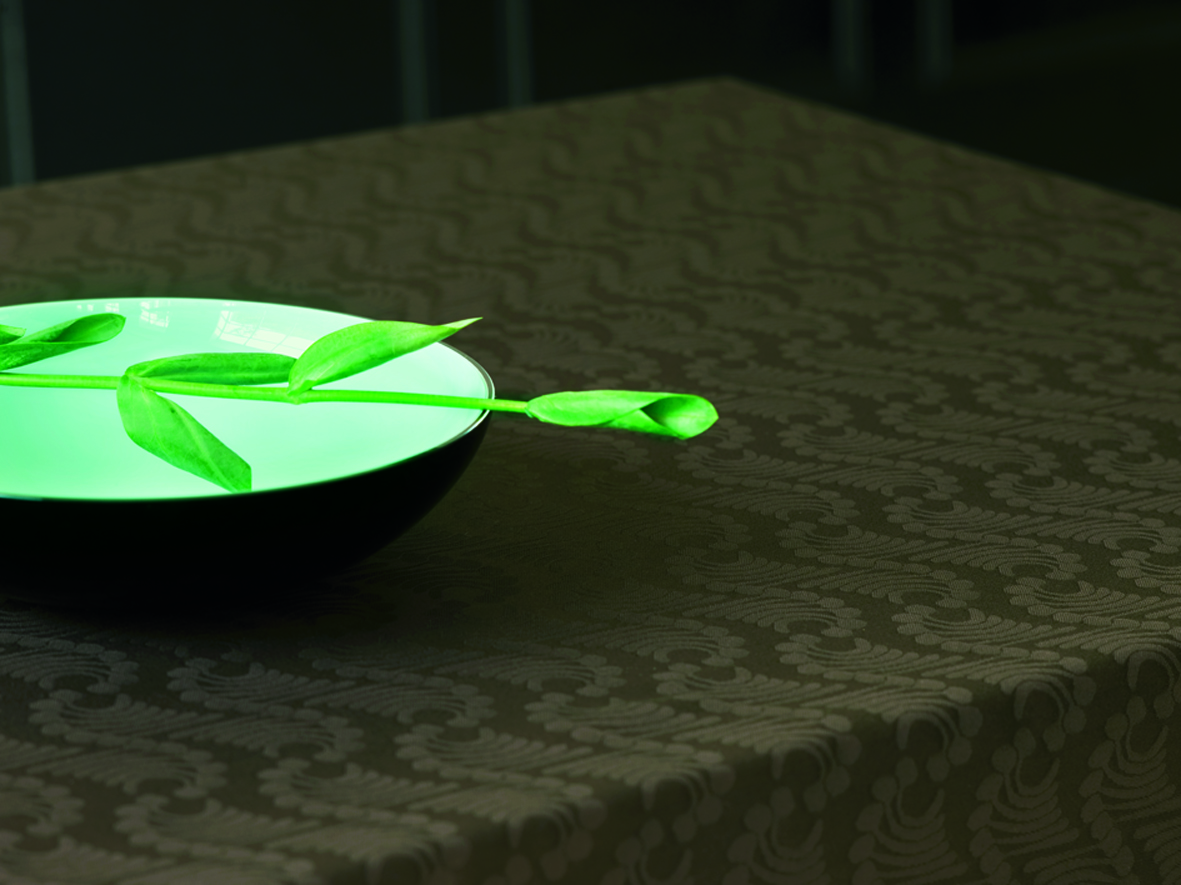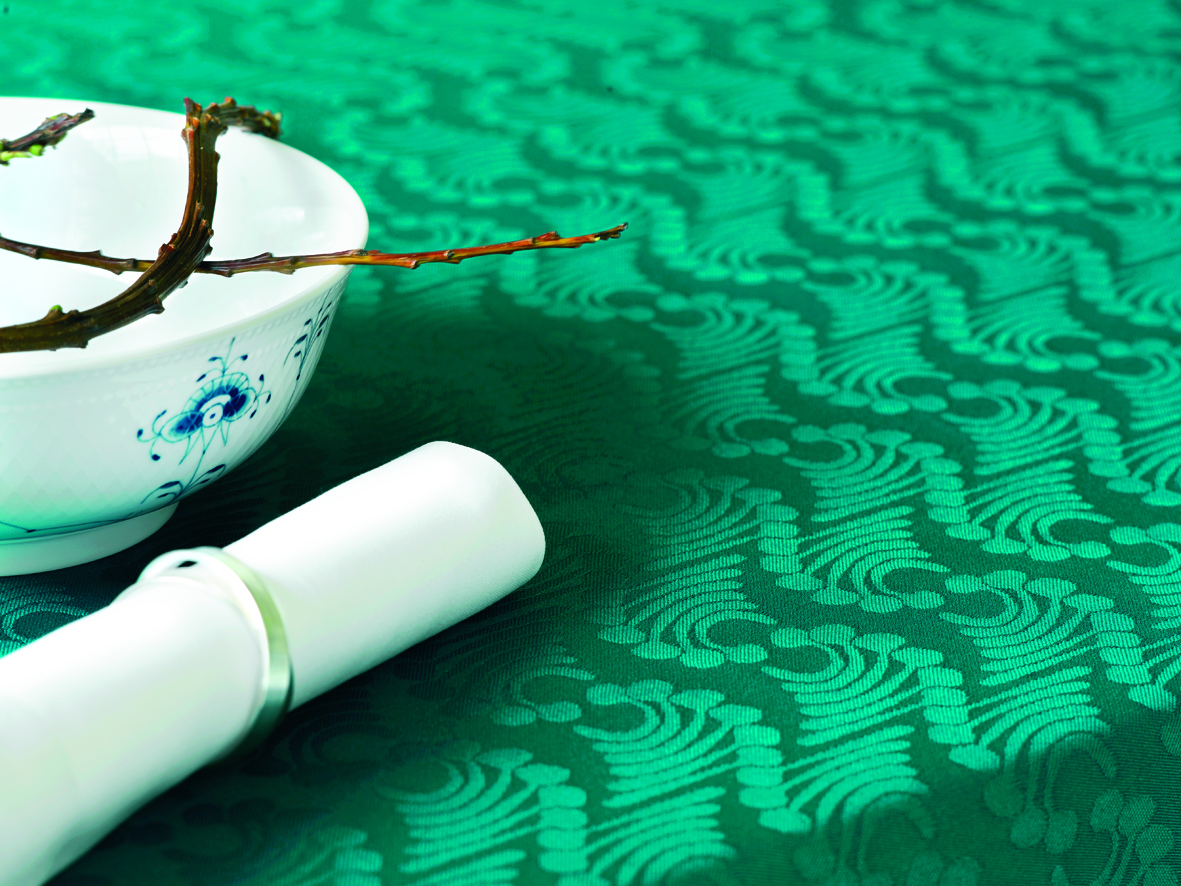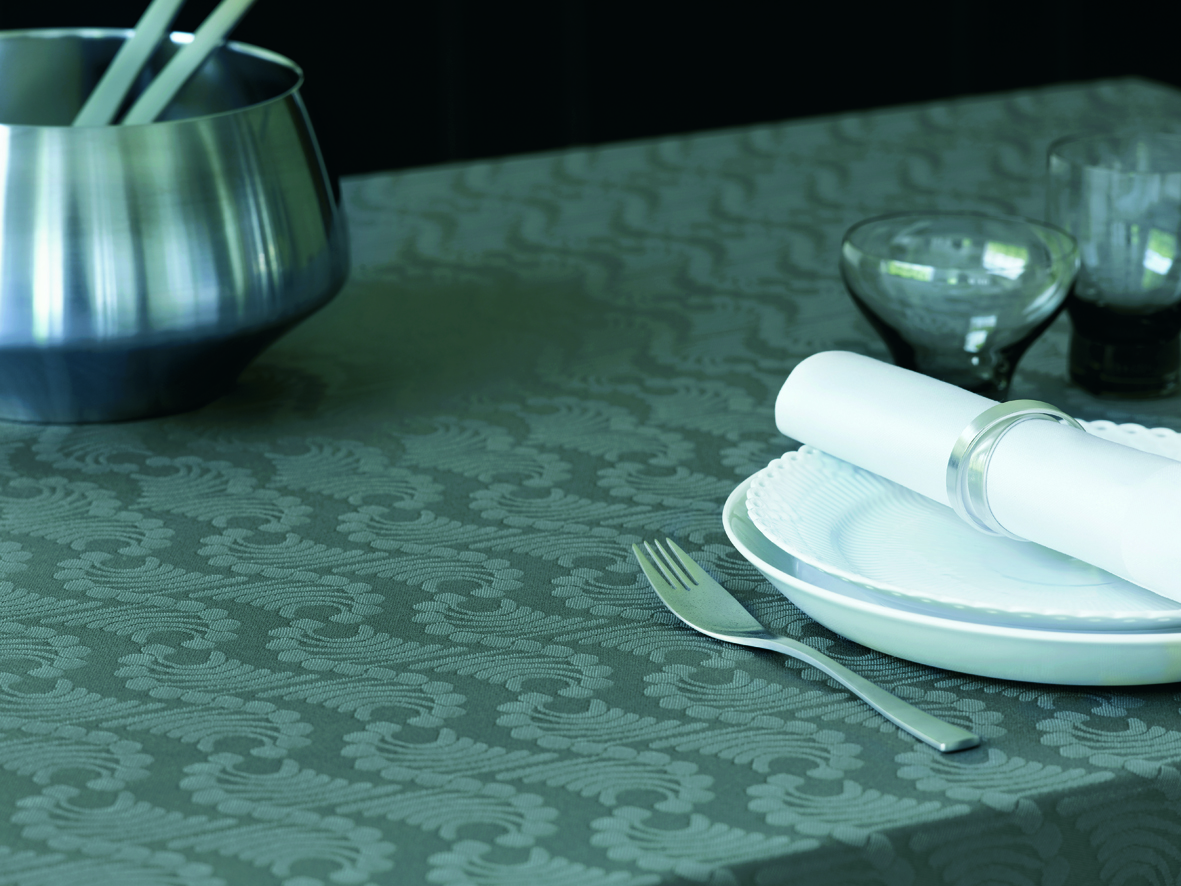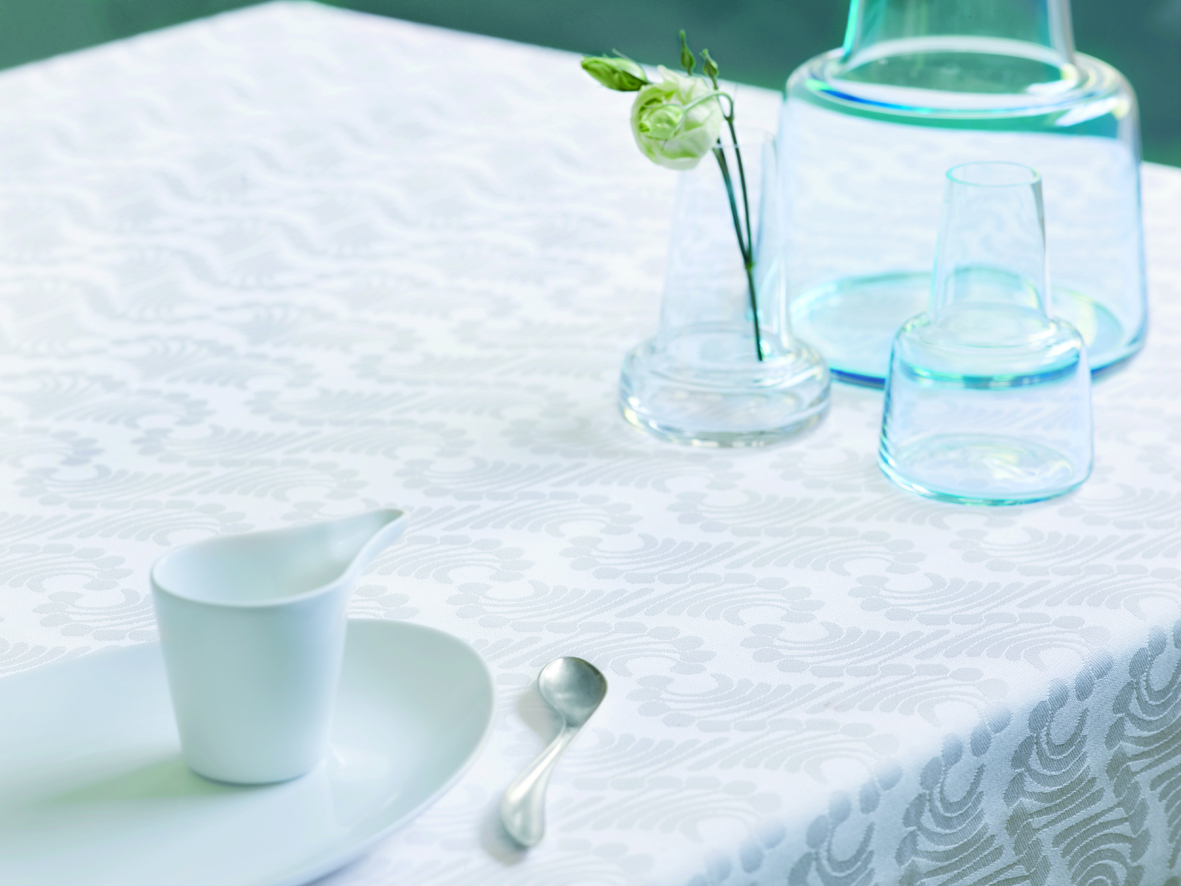
News from the workshop
Østerlars
Ever since I was a child, I’ve spend my summer holidays in the beautiful island of Bornholm; a magical place where the sea is very blue, the smoke houses can make silver into gold and the churches are round. I never really noticed the details of the round church of Østerlars as it has just become an iconic image of tourism in Bornholm. But after digging into it and working with the model here, I’ve been intrigued by the interaction between the strict geometrical shapes and the randomness of the supporting pillars.
When the pendant is worn, it looks more like a rocket than a round church, but who knows, maybe rockets will be the next icon for Bornholm.
‘Østerlars’, Sterling silver, Kr. 1200.-, Photo: Camilla Hey
Long Spoons
The world of the new millennium is on ‘fast forward’. The multi media culture offers a huge number of entertainment possibilities, an extreme amount of visual influence and a six-lane information highway and owing to a highly developed mobile technology and fast Internet access, everybody is ‘online’ and ‘in touch’ wherever they go. As an intelligible reaction towards this bombardment of information and the increasing demand of personal availability, people tend to turn their homes into safe shelters; a tendency recognised as ‘cocooning’. Time to oneself has become a luxury, and soft values such as intimacy, veracity and authenticity is highly esteemed within the domestic space.
In the field of foods and drinks, I find that cocooning is recognised in the increasing interest in comfort foods and drinks. One of the most well known is the hot drink ‘Café Latte’, a milk based coffee drink, but also ‘chai latte’, ‘frappuchino’ and various fruit smoothies are popular comfort drinks. Common to these drinks is that they, due to their size, often are served in tall glasses where the long spoon comes in handy. The spoon is mainly used for stirring, but also for enjoying the milk froth or even just as a decorative accessory. This tendency of enjoying comfort drinks within the domestic environment, alone or most likely with a partner or close friend, was the rationale for designing a long silver spoon.
(photo: Dorte Krogh)
Metamorphology
Skeen er et af de ældste redskaber vi kender og det er derfor interessant at udforske dens funktionalitet. Hvornår er den en ske og hvornår bliver den et ikke-funktionelt objekt? Med udgangspunkt i skeens simpleste form har jeg designet de seks skeer, alle med samme blad, men med skafter der er bøjet i seks forskellige grader. Tanken var således at jo krummere skaftet blev, jo sværere blev skeen at bruge. Efterfølgende har mange dog udtrykt ønske om at prøve at spise med den mest krumme ske og flere har foreslået alternative funktioner til den. Dette ser jeg i høj grad som et bevis på menneskelig nysgerrighed og en lyst til at lege med de objekter der omgiver os i vores hverdag og endnu et spørgsmål melder sig; Er funktionalitet kun et spørgsmål om attitude og velvilje?
I løbet af mit studie på Royal College of Art blev jeg stillet til opgave at vælge et objekt jeg allerede havde designet og fremstillet. Dette skulle så udforskes, udvikles og fortolkes på nye måder. ‘Metamorphology’-mønstrene er et resultat af min egen leg med skeerne. Arbejdet med
2-dimensionelt design var særdeles udfordrende og brugen af farver tilførte arbejdet et, for mig, hidtil ukendt element.
Inspireret af den britiske tradition for mønstre og ornamenter, og med afsæt i et stærkt grafisk udtryk og rolige, men stærke farver, designede jeg flere forskellige bud på moderne skandinaviske mønstre.
Spoon?
The spoon is one of the first tools we know of and it is therefore interesting to explore its functionality and the preconceptions of the iconic spoon.
The six dessertspoons, all designed with the same leaf, but with handles that vary from straight to various grades of bent, are challenging the functionality of the spoon and plays with the question of when a spoon is a spoon and when it becomes a non-functional object. To my joy, a lot of people have found it intriguing to eat with the most bent spoon. (Photo: Dorte Krogh)








